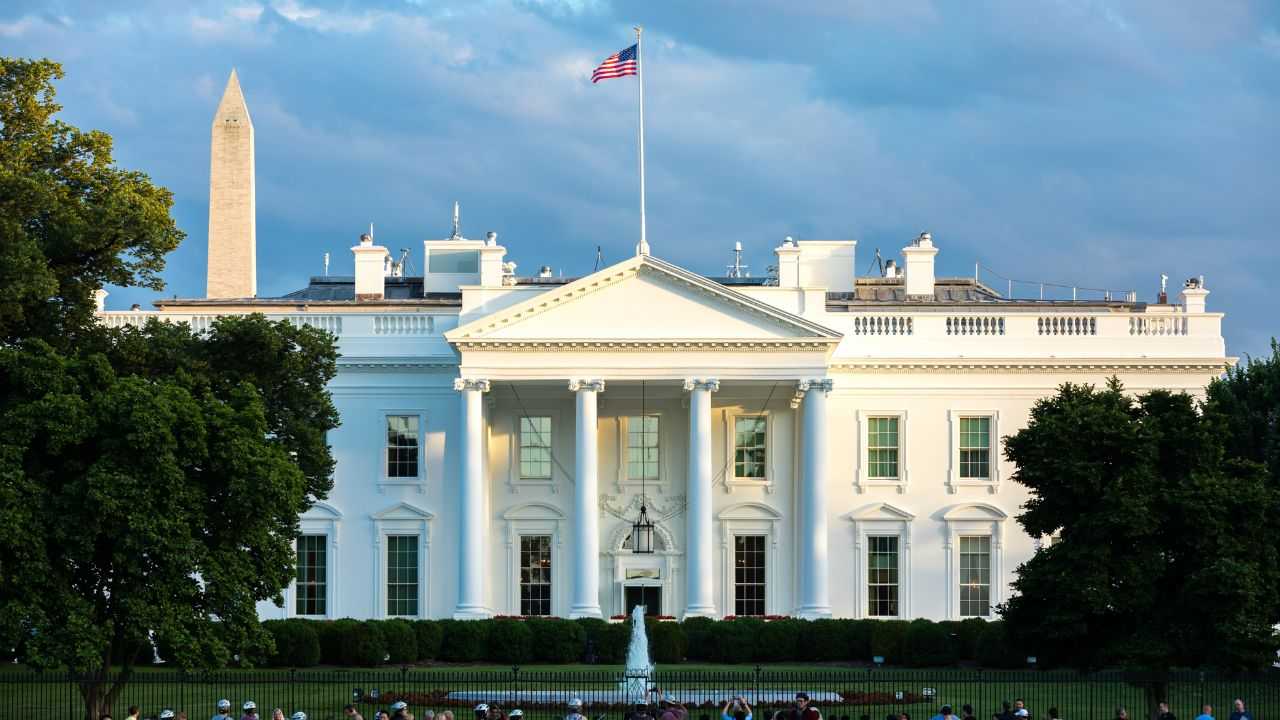
The US government has published the ‘first comprehensive framework for the responsible development of digital assets’. What new laws should we expect?
The United States has taken another step for the regulation of cryptocurrencies. On the 16th of September 2022, a document entitled ‘White House Releases First Ever Comprehensive Framework for Responsible Development of Digital Assets‘ was published on the White House website. It is a report summarising the investigations into the crypto sector carried out by nine federal agencies over the past six months, which will be used to implement a legislative plan. The work is the result of President Joe Biden’s executive order issued on the 9th of March of this year. It asked federal agencies to outline guidelines for regulating the industry based on six areas of focus such as consumer protection, promoting financial stability, and financial inclusion.
Over the past six months, agencies across the US government have worked together to develop guidelines and policy recommendations on these issues: from the Treasury Department to the Justice Department,. Let’s take a look at the highlights of the document!
What is the White House document about?
The document drawn up by the federal agencies is divided into seven sections. From their titles, you can already guess the content presented by the White House. A series of actions that will soon take the form of laws and guidelines:
- Protecting consumers, investors and businesses;
- Promoting access to safe and affordable financial services;
- Fostering financial stability;
- Advancing responsible innovation;
- Reinforcing our global financial leadership and competitiveness;
- Fighting illicit finance;
- Exploring a US Central Bank Digital Currency (CBDC).
Which crypto laws are essential?
The paper starts with a significant figure: 16 percent of American adults have already purchased digital assets. This figure is accompanied by a stance: digital assets are defined by the US government as ‘potential opportunities to strengthen US leadership in the global financial system’, as well as in the field of technological innovation. Federal agency reports explicitly promote research and development in the area of next-generation cryptography, transaction programmability, cybersecurity, and privacy protection. The document expresses great confidence in cryptocurrencies as a resource, but at the same time calls for measures to counter the risks associated with digital assets.
The main risks identified by the federal agencies are volatility and the danger of scams: “outright fraud, scams and theft in the digital asset markets are on the rise: according to FBI statistics, reported monetary losses from digital asset scams were nearly 600% higher in 2021 compared to the year before.” In this context, reference is also made to the lack of crypto regulation that has led to huge losses for consumers following the collapse of the Terra (LUNA) ecosystem. In addition to volatility and the danger of scams, there are also the risks of possible money laundering and the use of funds for illicit activities. According to the White House document, all this must be monitored to ensure the safe use of digital assets. In short, we need laws that promote innovation and at the same time contain the risks.
Proposals such as instructing the Securities and Exchange Commission (SEC) and the Commodity Futures Trading Commission (CFTC) to ‘aggressively pursue investigations and enforcement actions against illegal practices in the digital asset sector’ have been made in this regard. Also, a call for the Consumer Financial Protection Bureau (CFPB) to redouble its efforts to monitor consumer complaints and to enforce against unfair, deceptive or abusive practices has been made. Finally, proposals were also made for a series of initiatives for financial education and literacy, to raise awareness of the use of cryptocurrencies and to learn how to spot fraudulent practices.
The US is preparing a plan to be ready for any eventuality, and the document published on the 16th September presents all the issues that the legislation will then target.
The digital economy is an asset for all
One interesting aspect that emerged from the White House document is the realisation that the digital economy is a real opportunity for Americans: ‘Today, traditional finance leaves too many people behind. Roughly 7 million Americans have no bank account. Another 24 million rely on expensive nonbank services, such as cheque cashing and money orders, for everyday needs. And for those who do use banks, paying with traditional financial infrastructures can be costly and slow, particularly for cross-border payments’. To encourage the spread of digital services, the US plans to develop instant payment systems and networks for digital assets that are usable, inclusive, fair, and accessible to all.
The CBDC of the United States, a work in progress!
The report also features a section entitled ‘Exploring a US Central Bank Digital Currency (CBDC)’. The US is therefore considering a digital form of the US dollar that ‘has the potential to offer significant benefits’. In what sense? A Central Bank Digital Currency “could enable a payment system that is more efficient, provide a foundation for further technological innovation, facilitate faster cross-border transactions, and be environmentally sustainable. It could promote financial inclusion and equity by providing access to a wide range of consumers.” The project for the CBDC appears to be on track, although the federal agencies believe that further research and considerations should be carried out, especially on the technological level.
Criticism of the Biden administration report
The White House’s publication has prompted criticism and objections from some crypto industry members and opposition politicians. They called the document drafted by federal agencies ‘outdated and unbalanced’ and unsuitable for building a legislative framework. The Blockchain Association, which works to raise awareness and improve policy in the crypto world, believes the report lacks “substantive recommendations”. Blockchain Association Executive Director Kristin Smith explained that the federal agencies’ reports are “a missed opportunity to consolidate US leadership in cryptocurrency,” and criticised them for focusing too much on the risks of cryptocurrency. Sheila Warren of the Crypto Council for Innovation, another crypto promotion organisation, said the report does not provide clear policy guidelines. Patrick McHenry, a Republican member of the House Financial Services Committee, offered a criticism in the same vein. He claims that the document is too vague: ‘with clear rules, this innovative technology [cryptocurrencies] can revolutionise our financial markets, modernise our payments system infrastructure, and provide new opportunities for consumers’. Regarding the US CBDC project McHenry explained that ‘Republicans have always said that the benefits of a potential US CBDC must outweigh the risks: these reports fail to demonstrate this’.
A benchmark for international crypto regulation?
The White House document and the framework that will follow could be the inspiration and guide for many other countries. This is certainly Biden’s aim. In the text, you can read that the US explicitly intends to be an example for the regulation of digital assets: ‘US agencies will leverage US positions in international organisations to communicate US values related to digital assets. U.S. agencies will continue and expand their leadership role in digital asset work at international organisations and standard-setting bodies, such as the G7, G20, OECD, FSB, Financial Action Task Force (FATF), and the International Organisation for Standardisation.” All while trying to convey the US values of privacy, free markets, financial stability, consumer protection, and environmental sustainability.






